 How to Read a Book could be the ultimate solution to augmenting reading skills and proficiency. While the book targets at dissecting work of non-fiction, Van Doren and Adler assert that the set of rules and tactics could easily apply to literature, poetry, and drama with slight modification. He lays out four important steps of reading that, if mastered, will help sharpen readers’ skills and cement their understanding of anything they read:
How to Read a Book could be the ultimate solution to augmenting reading skills and proficiency. While the book targets at dissecting work of non-fiction, Van Doren and Adler assert that the set of rules and tactics could easily apply to literature, poetry, and drama with slight modification. He lays out four important steps of reading that, if mastered, will help sharpen readers’ skills and cement their understanding of anything they read:
- elementary reading
- inspectional reading
- analytical (close) reading
- syntopical reading
On top of these progressive guidelines that improve some readers and remedy others, the authors encourage everyone to take on an active role in reading. Be ready to interact with what’s written instead of being a receptive reader; for no sooner has a reader opened a book does he engage in a mental conversation with the author, who under the careful scheme of words and argument bears a message to either inform or to enlighten the reader. The only way to participate and reap the benefit is by asking questions, taking notes, finding the keywords, and nailing the gist of the book.
Whether we are reading history, philosophy, chemistry or literature, How To read A Book advises that until we have a handle on the central meaning and give an objective feedback, reading is not complete. It also cautions us to be slow in critique unless we have an thorough understanding of what we are reading. Critique is often mixed up with disagreement. Later chapters make the distinction, with plenty of examples, of the approaches to critique non-fiction and fiction. That a work of non-fiction can be evaluated on the basis of clarity, completeness, logic, reason, and accuracy does not apply to fiction, which is an experience, an entity of its own created out of imagination.
This is enlightening. For it has exposed my shortcoming as a reader of novels. That I have been so absorbed in the intrigue of my own reading approach, which is very similar to analytical (close) reading, I have neglected a couple important points:
- I often disagree with plots and characters, the interactions of a novel. But now I realize we can only like or dislike a piece of fiction because while we may freely critique the outcome of this experience, the creative premise itself is irrefutable.
- I often dwell on a difficult passage for too long and allow myself to feel defeated. The authors here suggest to read on and make sense of what I understand and then come back and try to understand from the context. In light of this piece of advice, I’m ready to re-read Ulysses.
I think How To Read A Book might be the most important book ever written to deal with this subject. That it hasn’t been on the list of required reading in colleges and universities is an utter consternation, especially in the time of fallen reading proficiency. The guidelines here cater to both fledging and experienced readers and help them cultivate a healthy reading habit. The book is an enlightening experience because it helps me appreciate what I read.
Filed under: Books, Literary Criticism, Literature, Reading |





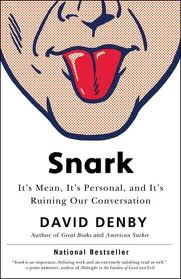








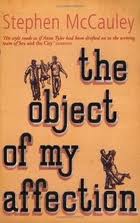





















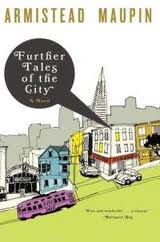









































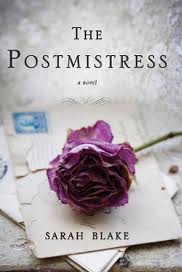












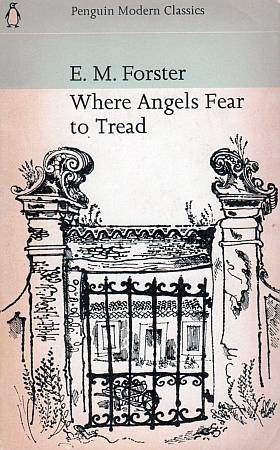















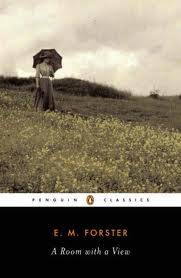








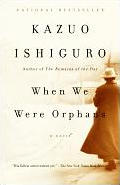

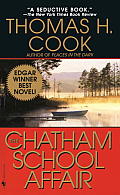




















































































































































One of my problems with reading is that I read fast, finish books quickly, then move on to something else. I like the idea that somehow we need to respond to the book in order to really “read” it.
I found out about LibraryThing through your blog and just opened an account there. My idea is that I’ll write a review – just a paragraph or two – about the books I read so that I’ll approach them more thoughtfully than before. (Thanks for the pointer to that web site, by the way!)
Having done a creative writing course recently I have become a much more careful reader than I used to be. I’m also dipping in and out of ‘Reading like a write’ by Francine Prose, which you recommended in one of your blogs and I find that really helpful. As my first degree is in philosophy I think I have always been aware of the necessity to understand and analyse texts for clarity, logical arguments etc. I agree that reading literature is something different and that there is no right or wrong, although there surely is something involved that has to do with an individual’s taste and sympathies.
Thom:
Some books are meant to be read quickly, like, Da Vinci Code. I think books that provoke thinking, that have an academic caliber, like From Satre to Dostoevsky: Existentialism, a book I’ve have reading on and off, is what Doren and Mortimer call for an thorough, analytical reading. As long as you understand what you’re reading, you’re at an advantage to read quickly! 🙂
seachange:
Reading Like a Writer is now a handy reference to me. I would go back to it and read what she has to say about a particular entity of a paper, like a paragraph.
How wonderful that you majored in philosophy. That makes you a very adroit thinker and reader.
I liked Francine Prose’s Reading Like a Writer, too. I think How To Read a Book might have to be next on my list of books about reading–thanks for the review!
Matt, actually I agree with you that reading quickly is really an advantage, as long as it’s done with comprehension. I didn’t express my idea very clearly, but what I think is sometimes a problem is that I am so enthusiastic about starting a new book that I pick one up immediately upon finishing what I’m reading now. In other words, I don’t take the time to think about the book I’ve just finished, to evaluate it, to appreciate it fully, before I rush on to something new.
Gentle Reader:
Ditto. I wrap these two books with the transparent library book covers and shelf them near my writing desk. They will for sure come in handy. Both are welcoming additions to Elements of Style. 🙂
Thom:
I see that you’re a passionate reader. In fact, how can someone who studies language in the social and cultural context not be an avid reader, right? 😉
I come to enjoy reading after I finished college. I like basking in the author’s words, the beauty of the prose, and the preference of one word over another.
[…] How to Read a Book, Van Doren and Adler encourage to take on an active role in reading. Be ready to interact with […]
kqnctdms lkjizdca whqyvce izfeb ybthj kqnsay mwfd
Thanks for the review – this is on my list for early this year, to further my goal of becoming a more critical reader.